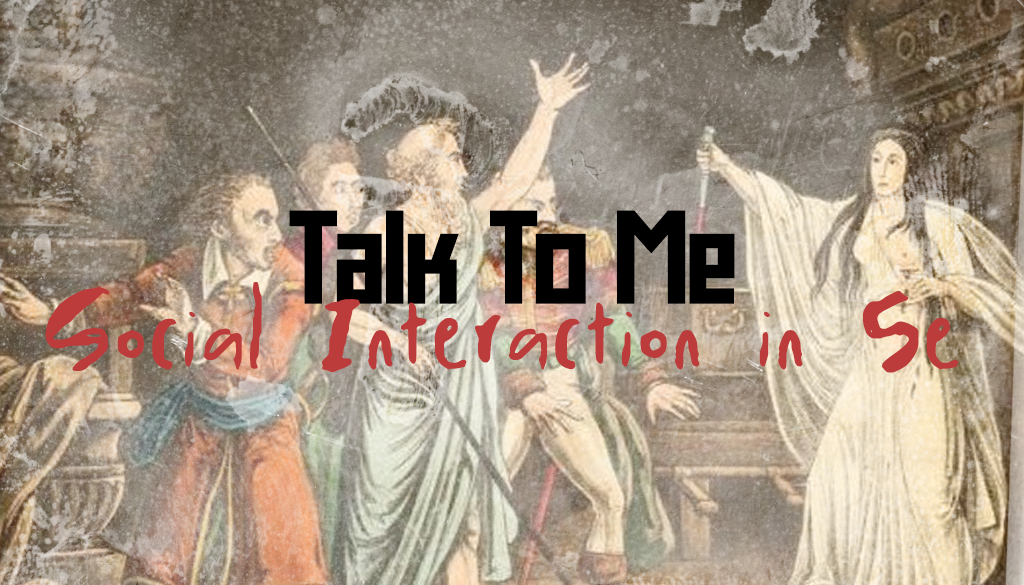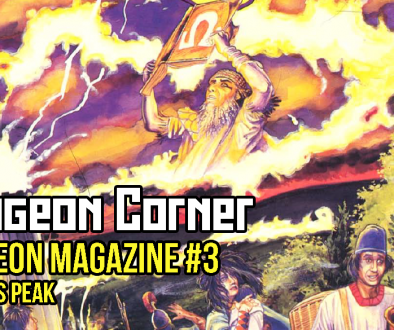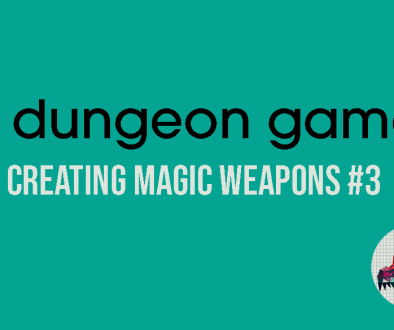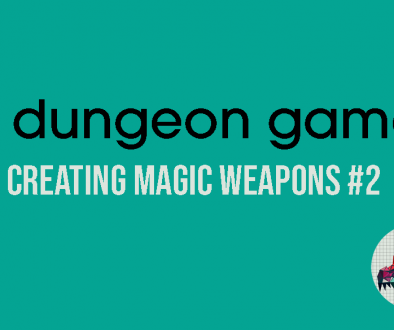A common criticism of D&D – in particular fifth edition, though I’ve seen this levelled at all instances of the game in one form or another – is that the only mechanisms in place are interested in combat and violence. The game ostensibly has three “pillars” – exploration, social interaction, and combat – but it’s that third pillar that’s most represented in the rules as written.
It’s not strictly true that the game has no mechanisms for resolving social encounters, it’s just that a) they’re found in the DMG and b) they’re not particularly robust, not as granular as the combat rules.
A few weeks ago I made the point that a lot of DMs use the social abilities – Deception, Persuasion, etc. – in a manner that reminds me of reaction rolls. The difference is that reaction rolls are used at the beginning of an encounter to determine the initial attitude of an NPC (and, sometimes, during an encounter to see if their attitude shifts) where the social skills in fifth edition are often used at the end of an encounter to determine the outcome. I propose that by reintroducing the reaction roll to fifth edition and using it in combination with the social interaction rules that already exist, we can build a system for social encounters that’s as robust as the combat system.
Combat has three things that we can define about every encounter:
- A clear goal (kill the enemy or make them flee/surrender)
- Simple mechanisms to do that (roll an attack against a static target determined by the enemy (AC), modified by circumstances (surprise, flanking, etc))
- Defined start and end states (i.e. enemy at full health/enemy reduced to 0 health)
The procedure for combat is, broadly, this:
- Say what you want to do and roll with a relevant modifier (make an attack/cast a spell/etc)
- Determine the result
- Apply the effect (reduce HP/apply a condition that affects enemy turns/whatever)
- Check to see if the end state has been met. Repeat if not.
Social encounter in play tend to be freeform, where players and the GM talk back and forth and at some point the GM calls for a check. In my experience this usually happens when the GM is unsure how an NPC should react, and the check guides this; the decision to call for a check isn’t really guided by the structure of the encounter in the same way as combat.
So what does it look like if we start to impose some structure on social encounters? Here’s my proposal:
- Reaction rolls give us the starting state, and players define the end state by saying what they want to get out of the encounter
- Players say what they do (e.g. roleplay a conversation) and then roll with a relevant modifier (make a social check of some kind)
- We compare the roll to a target number (either a DC determined by the enemy’s Charisma or social skills, or else we use DCs appropriate for the party level (see Typical DCs, Dungeon Master’s Guide p.238)
- Apply the effect. If you succeed on the roll, we adjust the enemy attitude one level down the reaction table. Maybe we adjust twice for a crit because it’s fifth edition. Similarly if the roll fails, we move closer to a hostile or unhelpful enemy
- Check the status of the encounter. If we haven’t achieved our goal, repeat the procedure. If we’ve achieved our goal then we move on, and if the enemy has reached a state of hostility then we move into combat
For this to work it does, of course, need a little more support. Something like the Holmes reaction table probably isn’t granular enough for this. We’d need something a little larger, maybe a bit closer to the AD&D reaction tables that are based on a d20 (which falls more in line with the core mechanisms of fifth edition than a 2d6 table).
We can even take this a step further by writing feats and abilites that interact with this system in the same way that they interact with the combat system. We can allow bardic inspiration to apply to rolls. We can build on the bones of what’s there and make something that works well.
I, obviously, have not done that work. This is just a proposal for how social interaction in fifth edition could be brought closer to the system that exists for combat, so that we have more mechanical support for that pillar of play than already exists. We’re introducing complexity to the game, but we’re doing it in a way that is (hopefully) easy to parse because it so closely mirrors what’s already there.
If you liked this post please consider leaving a tip at Ko-Fi.
You can get this post in PDF and epub formats at Detritus




